How to Prepare for Your First Check Ride
Plane and Pilot
FEBRUARY 13, 2025
Take time to understand relevant Federal Aviation Regulations (FARs) , especially those explicitly referenced in the ACS. The last thing you want is to be fighting a nasty crosswind while demonstrating a challenging performance landing to your examiner, for instance. What do I need to study for my PPL check ride?

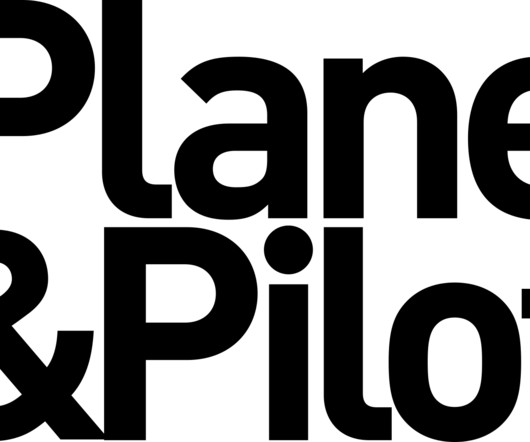
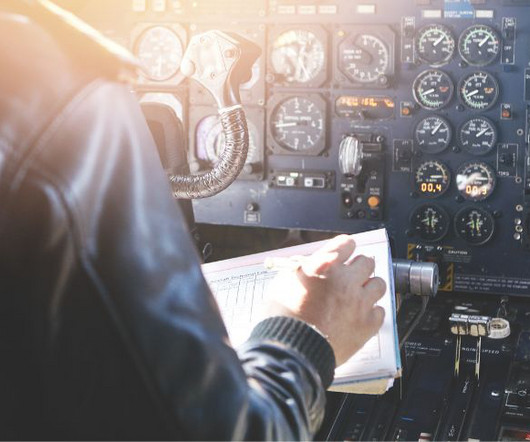
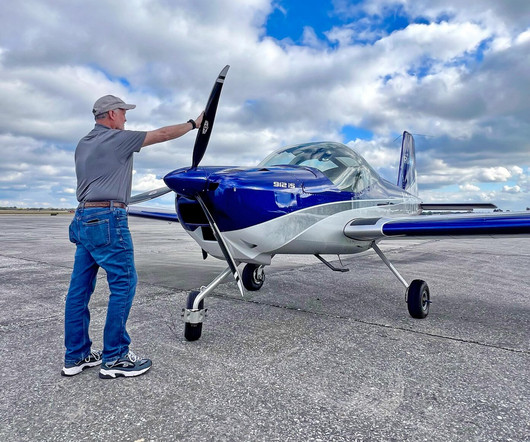


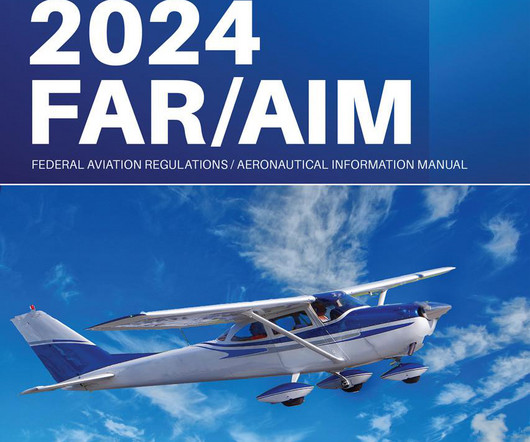
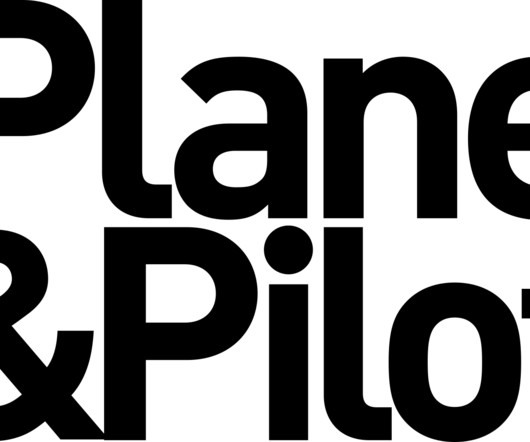
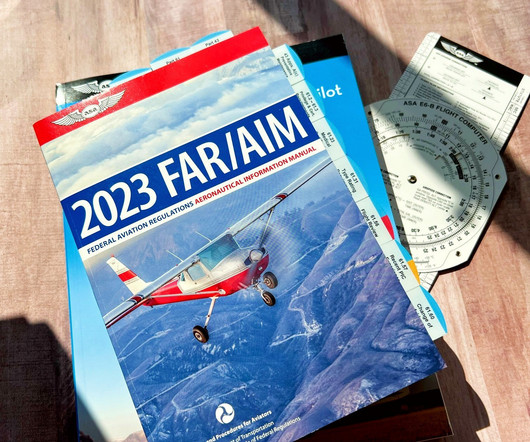
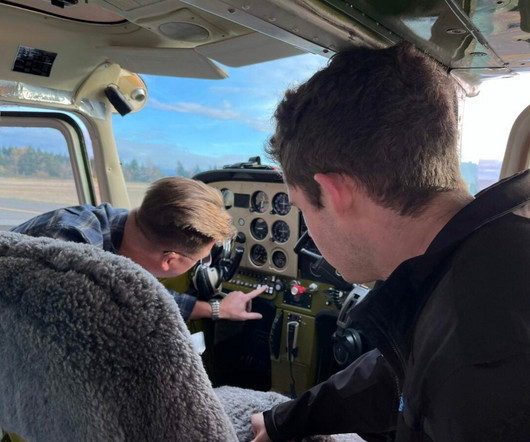

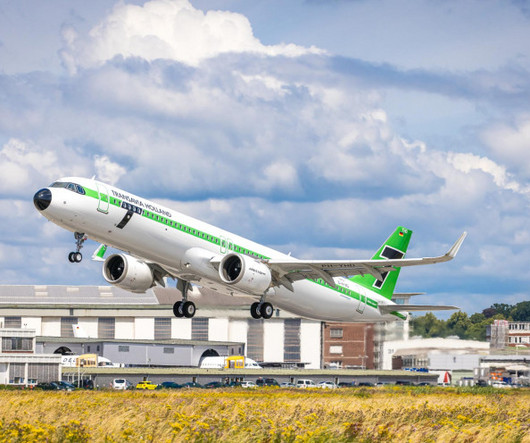
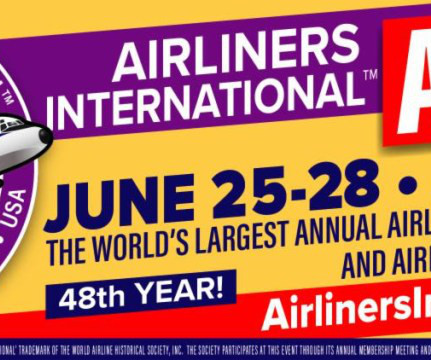






Let's personalize your content